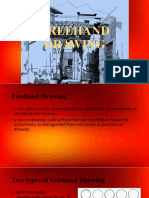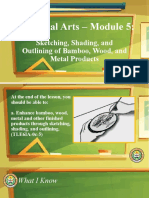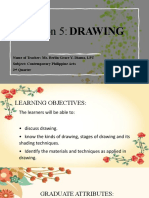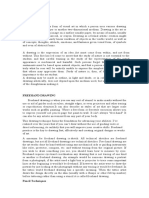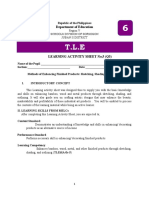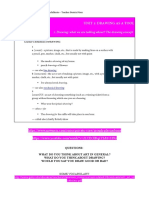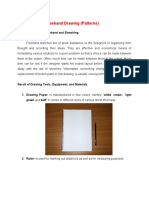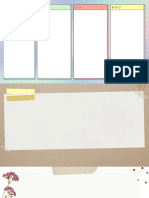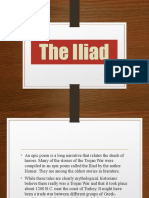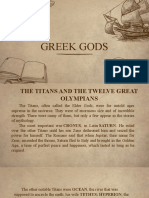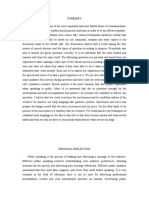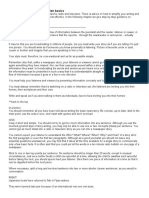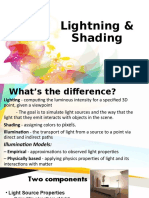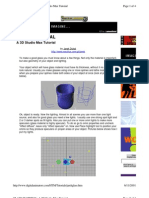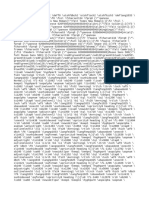0% found this document useful (0 votes)
119 views25 pagesModule 4 4 (Basic Shading Sketching and Outlining)
Basic Shading, Sketching and Outlining Techniques
Uploaded by
Erika Joy GutierrezCopyright
© © All Rights Reserved
We take content rights seriously. If you suspect this is your content, claim it here.
Available Formats
Download as PDF, TXT or read online on Scribd
0% found this document useful (0 votes)
119 views25 pagesModule 4 4 (Basic Shading Sketching and Outlining)
Basic Shading, Sketching and Outlining Techniques
Uploaded by
Erika Joy GutierrezCopyright
© © All Rights Reserved
We take content rights seriously. If you suspect this is your content, claim it here.
Available Formats
Download as PDF, TXT or read online on Scribd
/ 25







